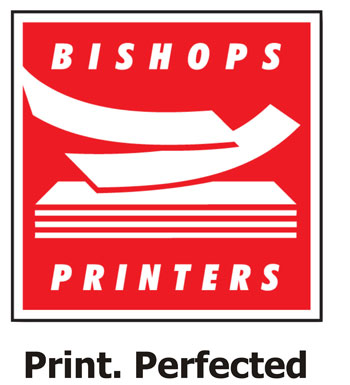
Q: There has been lots of talk about cost pressures over the last couple of years. What is the outlook now?
A:
Much better! It’s important for publishers to understand that the market has finally changed in their favour. Energy prices aren’t what they once were, and paper prices have stabilised and softened.Q: When it comes to paper selection, what criteria should publishers be looking at?
A:
I think that depends on the publication, its audience and your objectives. The tactility of your magazine is a fundamental part of the equation, so you need to weigh up the cost versus perception. It could be that simply adding a thicker cover or increasing the weight of your text pages (perhaps compensating by reducing the pagination), will deliver a more appealing magazine.These days, I think you also need to be careful about where the paper for your magazines is coming from. Not all printers source their paper from sustainably managed European forests. Paper imported from the Far East may be cheaper, but it isn’t FSC or PEFC certified, and their manufacturing processes may undermine your sustainability credentials.
Even if your printer uses European paper, for consistent quality results, you need consistent paper stock. Paper isn’t the homogenous commodity people think it is. If your focus is finding the cheapest price for each issue, then the chances are that your Silk stock will be from different mills.
Q: What can publishers do to mitigate distribution and postage costs?
A:
I think the answer lies beyond the magazine itself. Size, paper weight and pagination are obvious things you can change, but if you have a successful magazine, why would you risk it?It’s a problematic area. Advertisers are attracted to circulation numbers, which disincentivises you from re-thinking your distribution area - or investing in data cleansing. However, I think it’s better to re-think your approach rather than trying to sustain a larger circulation that could ultimately force the closure of your magazine. Of course, if you’re mailing out your magazine, then there are savings to be made if you find a print partner that can give you a complete print and mail service.
Q: With tight budgets, is there still a place for special print finishes?
A:
Absolutely! They add impact, tangible quality and excite recipients and advertisers alike, so keep them for special issues or occasions. We see this approach used to great effect across all markets – football, theatre, B2B…Q: For publishers looking at their 2024 production schedules, what tips can you give them with regards the timing of their print jobs?
A:
If you’re launching a new publication or need to reduce costs for an existing one, you’ll have more leverage to negotiate on price if you go to print at the beginning of the month. This is when printers typically have capacity to spare. You can also strengthen your negotiating position by committing to the same supplier for a set period. You should still be able to vary the pagination and print run within this timeframe, so there’s no loss of flexibility. It’s a win-win situation. For one-off, special / extra editions, I’d aim for the summer months or early January.Q: Some publishers chop and change their printers. What advantages are there to publishers building a long term relationship with their printer?
A:
Many and varied! If you chop and change your printer, consistency and peace of mind are usually the first casualties. As a publisher, you have enough to worry about simply getting your magazine to print. If you build a relationship with your printer, they have the chance to get to know what matters to you. From absolute deadlines to packaging, to split deliveries and print quality, they’re able to make better judgement calls during production to ensure you get results you need.Also, different printers will buy their inks, paper, and consumables from different suppliers. They may have different presses and use different technology. By sticking with the same supplier, you can expect consistent results and fewer headaches.
Q: What’s in the pipeline from Bishops Printers?
A:
Hopefully, expanding our publishing client base and continuing organic growth. Manufacturing can give you a bumpy ride at times, but as long as you keep your focus on the client, value every order and never take the next one for granted, I think we’ll make the right decisions for our customers and our staff.
About us
Bishops Printers Ltd is a top 100 UK ranked commercial print and mailing business, with a turnover of £26 million. Based in Portsmouth and family-run, since 1985, we have grown organically by focusing on quality, value and client service.
Trusted by trade print professionals, our ethos of continual investment underwrites our offering to a diverse client base that includes 160 independent publishers and publishing companies. Employing 180 staff, we own a graphic design agency and an ISO 27001 certified mailing house, enabling us to deliver a competitive, seamless and complete solution.
02392 334900










